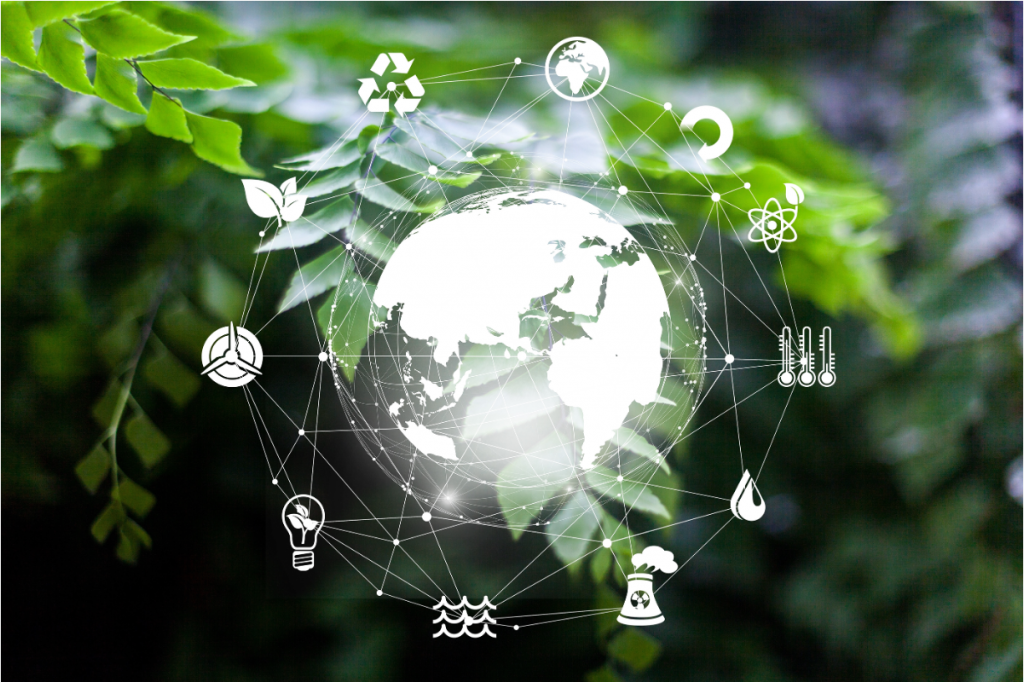Beyond Renewables: The Next Generation of Climate Technologies

When we launched the Outlook series at FFI Solutions, our intent was straightforward: to provide clear, accessible analysis of the technologies most critical to addressing climate change. We saw an opportunity to bridge the gap between technical reporting and the needs of investors, policymakers, and others navigating the low-carbon transition. The inaugural Outlooks reflected this ambition, beginning with the Global New Energy Technologies Outlook 2025, which provided a comprehensive assessment of renewables and grid-related technologies. We followed that with Understanding Carbon Capture, a white paper that examined the role of carbon capture in reducing greenhouse gas emissions.
Now, however, a shift is underway. Going forward, the Outlook series will move away from writing about renewables and other established clean technologies and instead focus on new climate solutions technologies. This change reflects both the maturing of the renewables sector and the growing need for information around technologies that are still in their early stages of development, adoption, and financing.
Why Focus on New Climate Technologies?
As climate impacts intensify, we must look to the next generation of technologies designed to manage these impacts directly. We expect that these emerging solutions will address a range of challenges, from the physical, such as protecting infrastructure and the natural environment, to enhanced management, such as improving how data is collected, interpreted, and acted upon across complex systems.
Examples of these emerging solutions may include:
- Circular and low-carbon materials, including sustainable construction materials and methods, bio-based polymers, and industrial process redesign that eliminates waste and reduces embodied emissions.
- Digital and software tools that not only enhance climate intelligence – from satellite-enabled monitoring of land and oceans to AI systems optimizing grids, water use, and supply chains – but also generate analysis for actionable insights.
- Water resilience technologies, including advanced desalination and re-use, evaporation control, and precision irrigation systems.
- Climate-resilient agriculture, from drought-resistant crops to regenerative soil methods that improve yields and carbon retention.
- Urban infrastructure upgrading and modernization, including innovative stormwater systems, reflective materials, and modular microgrids that improve cooling and disaster recovery.
- Wildfire and ecosystem management tools, using sensors and drones, modeling, and vegetation monitoring to anticipate and mitigate risk.
These emerging solutions will expand the market of “climate tech” beyond renewable energy into a dynamic ecosystem of solutions for multiple economic sectors. Unlike solar and wind, which now have established markets, performance metrics, and financing structures, many of these technologies operate in sectors where market parameters are still evolving.
Investors and policymakers face steep learning curves in assessing opportunities across water systems, agricultural innovation, advanced materials, and climate-adapted infrastructure. The Outlook series aims to narrow this information gap by clarifying trade-offs, spotlighting pioneers, and mapping pathways from experimentation to deployment – helping stakeholders understand not just how to reduce emissions, but how to build resilience across entire systems.
“The question is no longer only how quickly can we decarbonize, but also how do we build systems capable of functioning in a climate-altered world.”
The Broader Relevance of the Shift
This shift reflects a fundamental evolution in climate strategy itself. The question is no longer only how quickly can we decarbonize, but also how do we build systems capable of functioning in a climate-altered world.
The built environment is increasingly vulnerable to flooding, heat stress, storms, and resource scarcity. The natural environment faces accelerating degradation, from biodiversity loss to disruptions in the ecosystems that provide our food and water. Addressing these challenges requires new climate technologies that enable the management and modification of production systems, supply chains, and resource use.
This expanded scope changes how climate progress should be measured. From advanced sensors and non-emitting buildings to precision agriculture and advanced materials, these innovations are supporting a more adaptive, efficient, and circular economy. These tools open new avenues for competitiveness, risk management, and sustainability – linking climate resilience directly to economic success.
Climate change is not simply a technical challenge – it is a systems transformation imperative. The Outlook series will identify emerging technologies positioned to fill critical gaps in this transformation and investigate pathways to scale. By focusing on these frontiers, the analysis aims to equip decision-makers with insights into solutions that extend well beyond the energy sector alone.
Forward Outlook
The Outlook series began with a mission: to elucidate clean technologies for a broad audience. With white papers on renewables and carbon capture, we laid the groundwork by covering both an established clean energy solution and a nascent one. As the information ecosystem around renewables has matured, it has become clear to the team at FFI Solutions that the most valuable role for the Outlooks going forward is to illuminate the less visible, less well-known, but no less critical corners of the climate solutions landscape.
This evolution builds on our broader engagement with climate solutions, including our September 2025 webinar on avoided emissions and the measurement of climate solutions’ real-world impact, where FFI Solutions CEO Chris Ito and Rho Impact’s Noah Miller discussed how investors can assess the effectiveness of these emerging technologies.
By shifting our focus to these emerging solutions, we can continue to provide insights, grounded in research but accessible to a wide audience. Our goal remains the same: to equip investors, policymakers, and other stakeholders with the knowledge needed to make informed decisions. What changes is the nature of the knowledge that is most needed.
The role of climate technologies in resilience and sustainability is no longer just about scaling what we already know works. It is about understanding what comes next – and helping to shape it. The Outlooks will follow that trajectory, exploring emerging climate solutions that may define the next phase of global decarbonization and adaptation to a changing climate.
